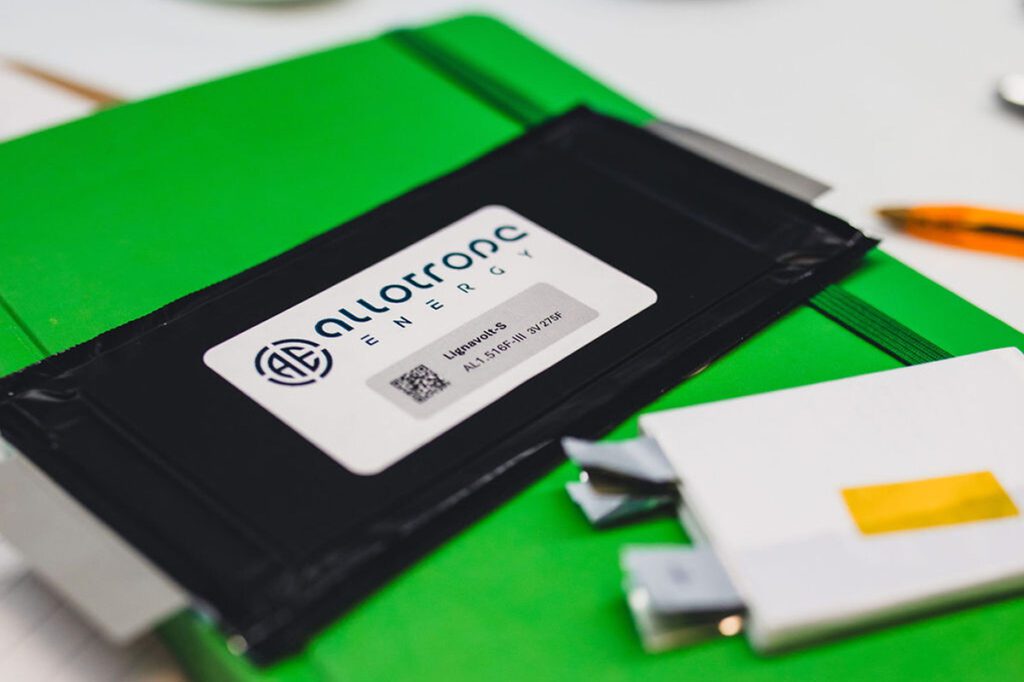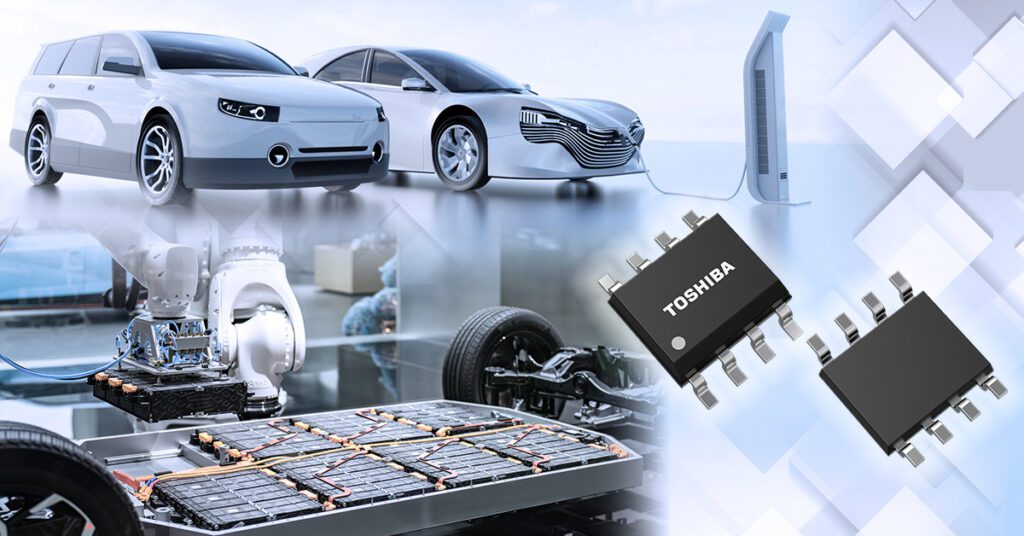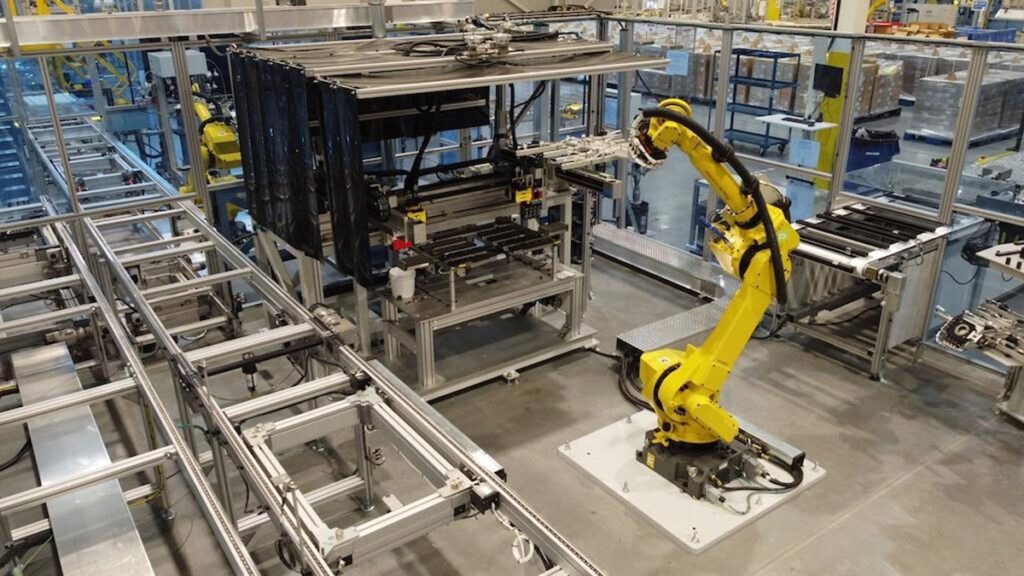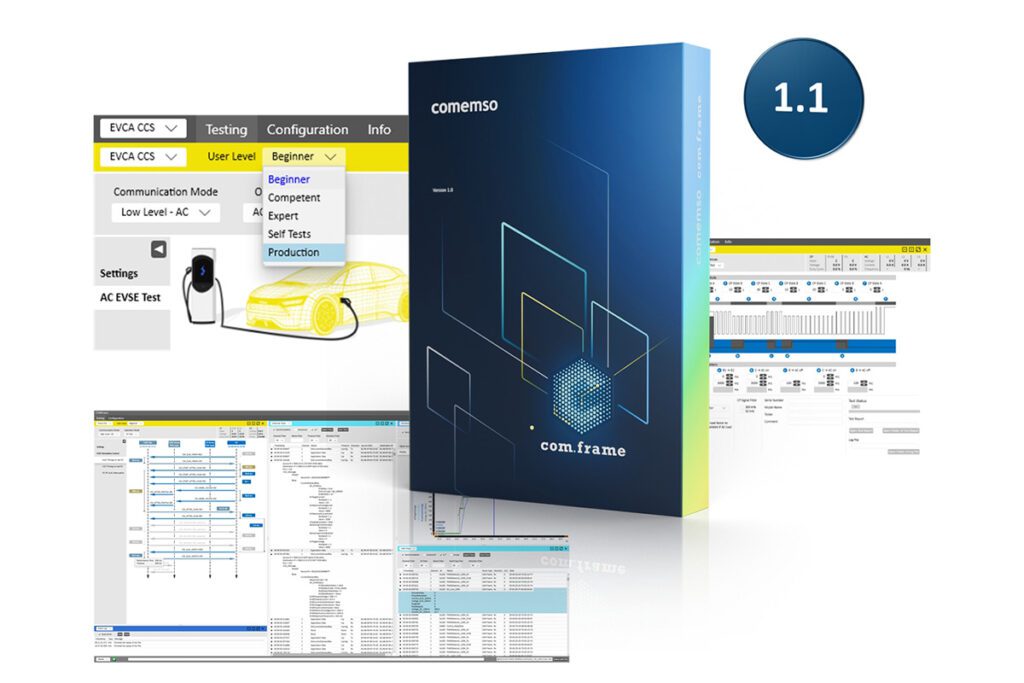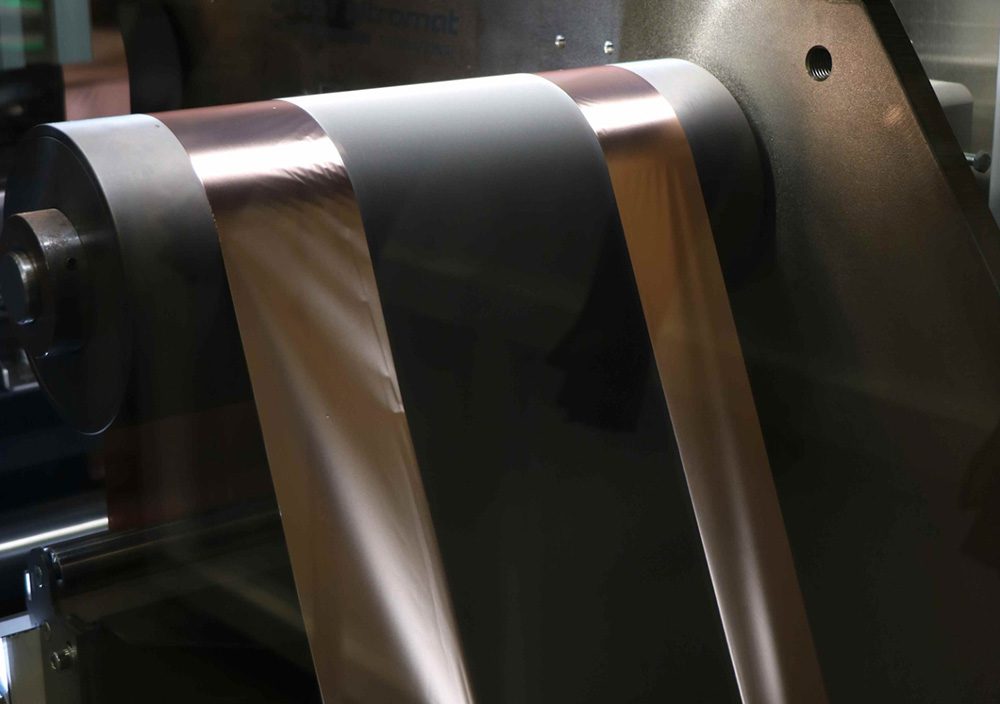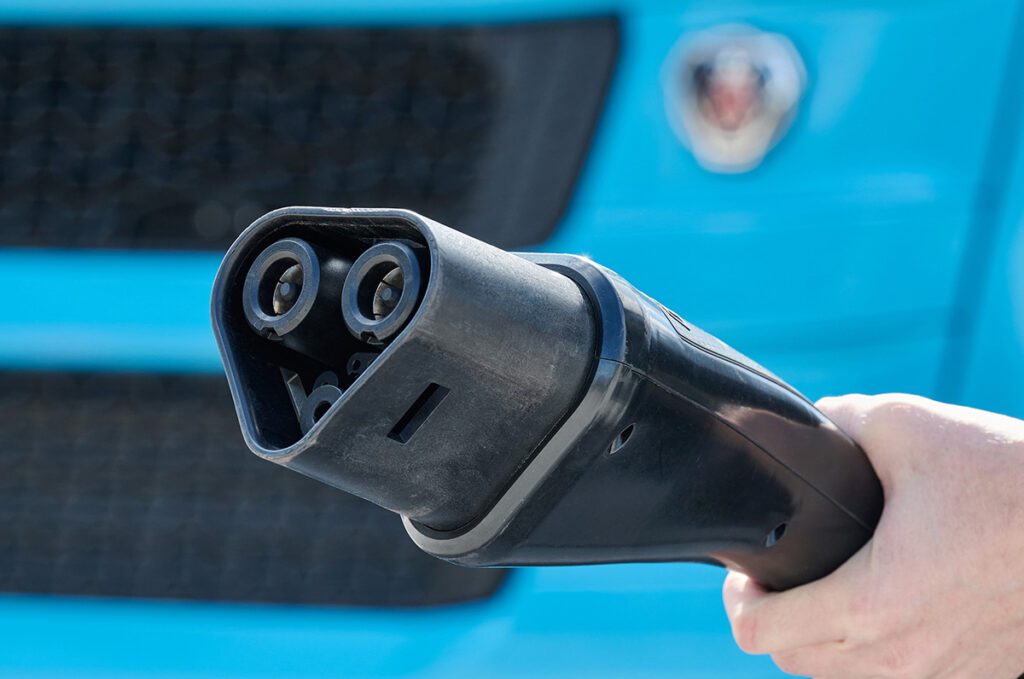Semiconductor manufacturer Nexperia has launched a new AEC-Q101-qualified Repetitive Avalanche Application-Specific FET (ASFET) portfolio focused on powertrain applications. The company says the devices have been tested to 1 billion avalanche cycles, and can be used to control automotive inductive loads such as solenoids and actuators. In addition to providing a faster turn-off time (up to 4X), designs can be simplified through a reduced BOM count.
MOSFET-based power schemes for solenoid and actuator control in automotive powertrains are typically built around boost, free-wheel diode or active clamp topologies. A fourth option is a repetitive avalanche design that dissipates energy from the inductive load by making use of the MOSFET’s ability to repeatedly handle current from the inductive load during switch-off. Offering comparable efficiencies to active clamp alternatives, such designs eliminate the need for diodes and other devices to minimize component count and circuit complexity. They also support faster switch-off times, a factor that can extend the reliability of electromechanical components such as solenoids and relays. Until now this has only been possible using outdated planar technology. Nexperia says its Automotive Repetitive Avalanche ASFET family of products has been specifically developed to address this issue, by guaranteeing repetitive avalanche functionality tested up to 1 billion cycles. In addition, when compared to boost topologies, they can simplify designs by providing up to 30% component footprint efficiency due to a possible reduction of up to 15 board components.
Qualified to AEC-Q101 at 175° C, the new MOSFETs are available in 40-volt and 60-volt options with typical RDS(ON) ratings from 12.5 mΩ to 55 mΩ. All of the devices are supplied in the company’s space-saving LFPAK56D (Dual Power-SO8) copper-clip package technology. The package features gull-wing leads for increased board-level reliability, improved manufacturability and automated optical inspection (AOI).
Product Manager Richard Ogden explained, “Typically, engineers looking to implement repetitive avalanche topologies have had to rely on devices that use older, planar semiconductor technologies. Offering automotive-qualified devices with guaranteed repetitive avalanche capabilities that are based on higher-performance silicon structures will increase the number of powertrain designs that can take advantage of repetitive avalanche functionality.”
Source: Nexperia






































